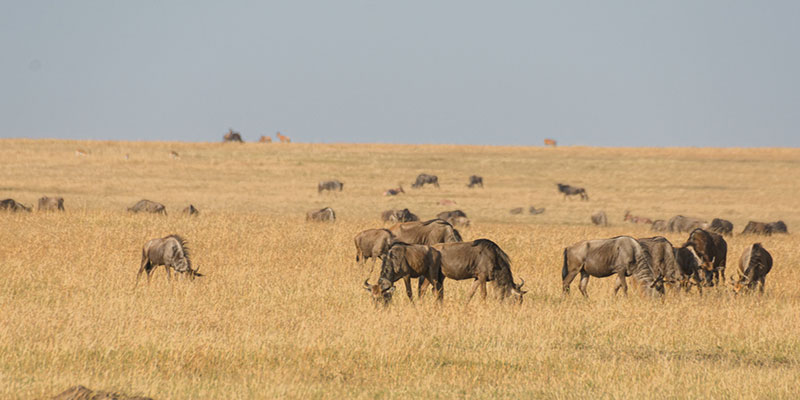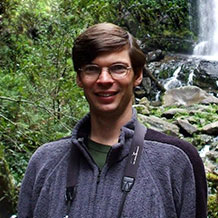The issue
Despite decades of funding and conservation activity, many of Africa’s iconic wildlife species are in decline. Protected areas are a core part of the conservation response to the biodiversity crisis, but wildlife still declines in many African protected areas.
Three of the biggest threats to wildlife in Africa’s protected areas are
- protected areas being created in the wrong places to best protect biodiversity
- illegal removal of plants and animals to support the illegal wildlife trade and
- the loss of spatial and temporal variation within the protected area through inappropriate management.
The challenge our researchers faced was to form partnerships with African conservationists to identify efficient and effective ways to improve the management of protected areas in East Africa, without requiring large increases in funding.
The research
This work, funded by a wide range of funders from the Leverhulme Trust to the UK’s Department for Environment Food and Rural Affairs, started by understanding the scope and nature of the problems, and then identifying solutions that could work at scale.
To do this, we analysed data from decades of field research, mapping the occurrence of rare plants and animals. We analysed datasets painstakingly collated by rangers on the presence and types of illegal activities they encountered, and we analysed survey and satellite data documenting the occurrence of wildlife and human activity in and around protected areas.
Working with local governmental National Park authorities, we ran experiments trialling ways of directing ranger patrols to more efficiently detect illegal activities, and how to use wildfire to promote variation in landscapes. We worked with the Forest authorities and local communities to identify management strategies and priority areas for conservation.
The outcome
We have helped improve the effectiveness and efficiency of protected area management in East Africa.
Our new methods for improving ranger-based effectiveness have increased efficiency at detecting and disrupting illegal activities by as much as 300% in some areas, with no additional costs.
We have helped establish a new protected area in a global biodiversity hotspot.
We have improved the fire management of over 30,000km2 of East African savannah.
Through the publicity generated by our research, we have helped encourage the Tanzanian government to establish an anti-poaching taskforce that has dramatically reduced elephant poaching in the country.

